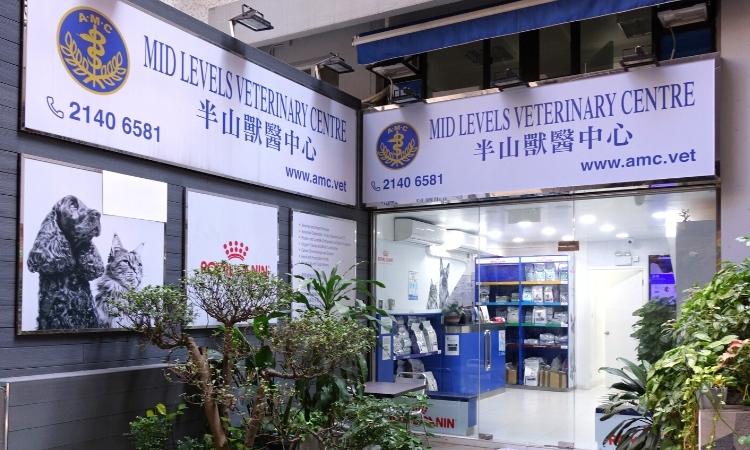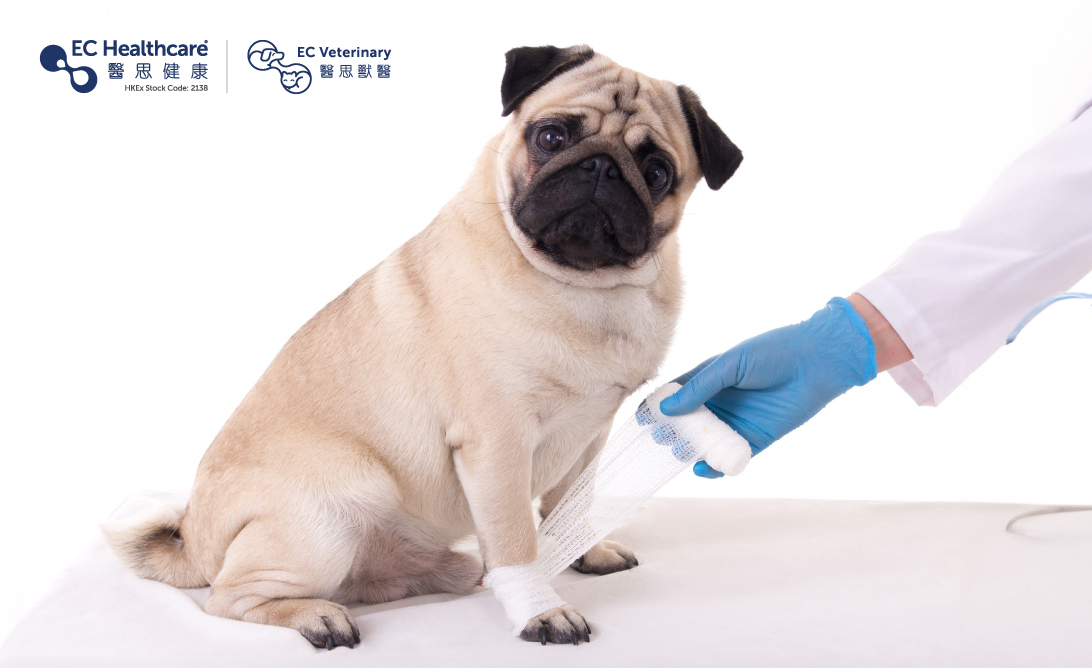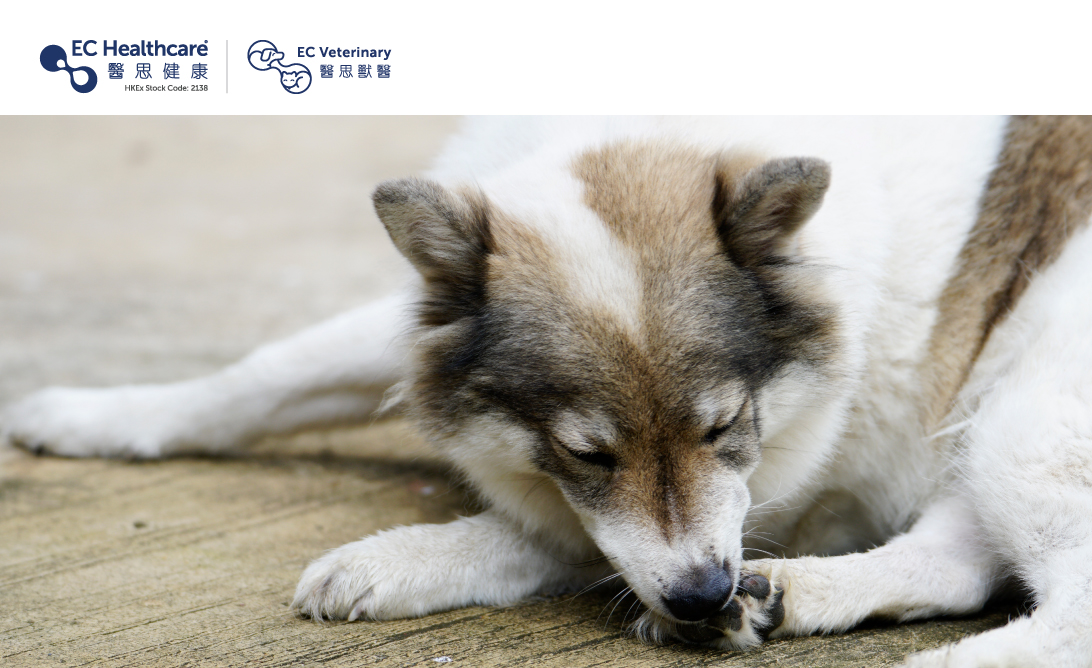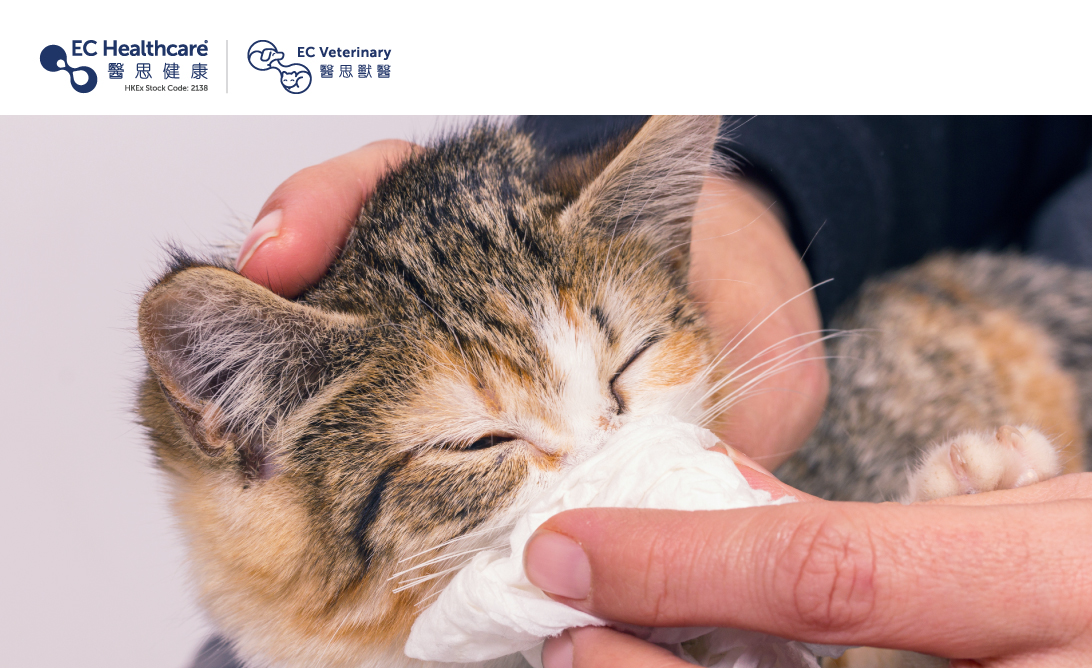The 4 C’s of Pet Poo - Information All Pet Owners Should Know!
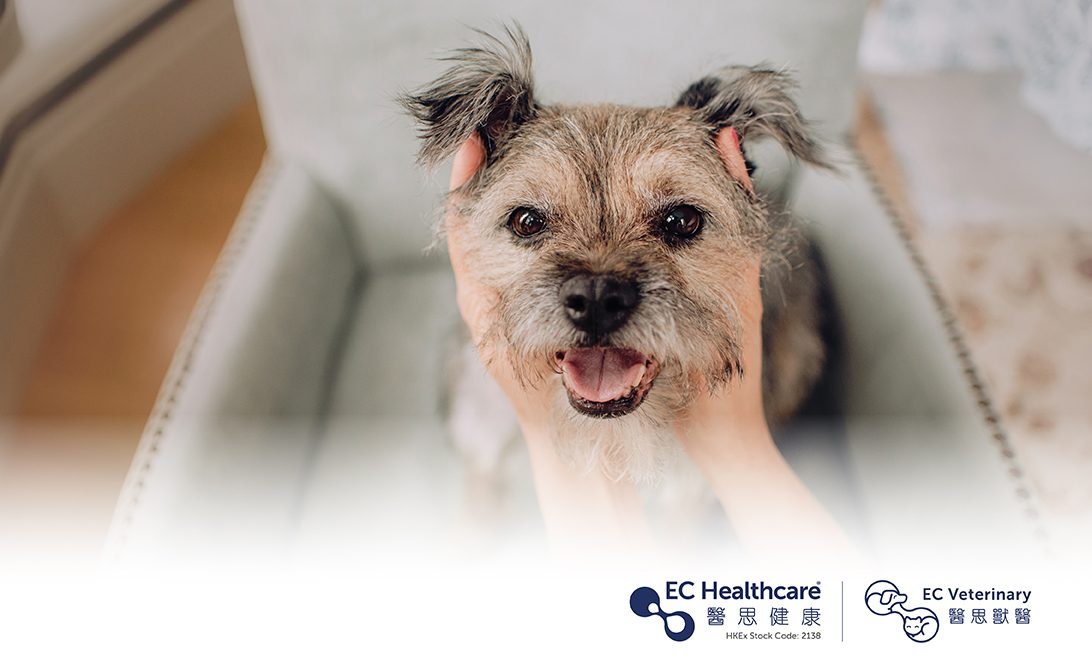

Every dog owner wants their pets to be healthy, and the easiest way to monitor their health is to check their stools. If you notice any change down below, it may help you recognize health concerns early. Vets also suggest that pet owners can inspect their pets’ poo according to the “4 C’s”: colour, content, consistency, and coating.
Colour
If your dog’s stools are of abnormal colour, this may be a sign of the following conditions. If the case persists, you should seek help from vets.
Chocolate brown/ brownish yellow: Your dog is healthy
Black: Black stools may be caused by the diet, such as eating much red meat, animal blood or liver. Persistent black stools may indicate bleeding in the upper gastrointestinal tract or stomach ulcers.
Red: Red stools may be caused by eating natural food, such as beetroot, carrot, etc. They may also signify health conditions including bleeding in the lower gastrointestinal tract, colitis, anal sacculitis or tumour.
Orange: It may be a result of mild stomach discomfort caused by hasty eating. Persistent cases may suggest certain food intolerances or liver conditions.
Green: The dog may have eaten more grass than it ought to, or it could be a potential symptom of parasitic infections or other conditions.
Light grey: It may be a result of excess calcium intake. If the light grey stool is also greasy, it could indicate indigestion or pancreatic insufficiency.
Content
Check for any foreign materials (non-food items) in your dog’s stools, such as plastic, stone, and coin. Under normal circumstances, these objects will be excreted with stools. Yet, if you find an object, for example, a toy with half of it missing, it could be that your dog has swallowed it accidentally and has it trapped inside the body. If left untreated, the object may scratch the lining of the stomach and intestines. It is advised to receive an X-ray examination to safeguard your dog’s health.
Consistency
The stool of a healthy dog should be long, soft but firm, and sausage-shaped. On a five-point scale of consistency, level 4 is the most ideal. Level 5 is the hardest stool which indicates severe dehydration; level 1 is watery stools which suggest diarrhoea, and persistent occurrence may be a sign of health conditions. If you notice unhealthy stools and even constipation in your dog, you may need to change its diet and give it more drinking water. On the other hand, the frequency of your dog’s bowel movement depends on its habit. Some dogs poop once a day, and some a few times a day. If your dog has bowel movements of similar frequency and amount every day, it should be considered normal and healthy.
Coating
A healthy dog stool should not have any coating such as blood and grease. If your dog has persistent stools with mucus or a large amount of blood, it may point to colitis. You should seek help from vets immediately to facilitate prompt treatment.
Related Brands
